16 Aspects of Past Life That Older Generations Continue to Value

Remember when life seemed simpler, more connected, and perhaps a bit more meaningful? Many older folks certainly do. As technology races forward and society transforms, our grandparents and parents often reminisce about certain qualities from their era that they believe made life richer. These aren’t just nostalgic memories – they represent values and practices that shaped their worldview and continue to influence how they navigate our modern world.
1. Face-to-Face Social Interaction

Coffee shops buzzing with conversation. Neighbors chatting over fences. Church socials and community dances where people actually looked each other in the eye. These weren’t just social events—they were the fabric of society.
Before smartphones dominated our attention, people built relationships through physical presence and undivided attention. Many seniors recall how conversations flowed naturally without the constant ping of notifications.
The older generation treasures these memories of genuine connection—where body language, tone, and facial expressions created deeper understanding than any emoji could convey. Many still prefer meeting for coffee over texting, believing real human presence offers something digital interaction simply cannot replicate.
2. Handwritten Communication

Imagine receiving a letter with your name carefully penned on the envelope. Inside, pages filled with someone’s unique handwriting—complete with quirks, crossed-out words, and personal touches no computer could replicate.
The effort behind handwritten notes represented commitment. Taking time to write by hand, find stamps, and mail letters showed genuine care that instant messaging often lacks. Many grandparents still keep boxes of yellowed letters tied with ribbon, treasuring these tangible memories.
Greeting cards for birthdays and holidays weren’t just quick acknowledgments but thoughtful gestures selected specifically for the recipient. The older generation values this deliberate communication that required patience and intention, creating lasting keepsakes that digital messages simply cannot match.
3. Classic Car Restoration
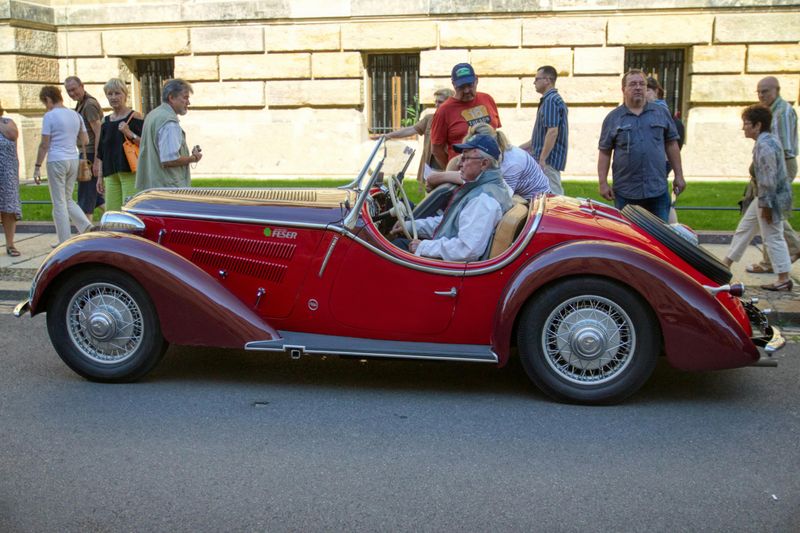
For some, restoring classic cars is more than a hobby; it’s a passion that fuels nostalgia and craftsmanship. The process of bringing a vintage car back to life connects enthusiasts with a rich automotive history.
Older generations often find solace in the meticulous work required, appreciating the mechanical simplicity and distinctive designs that modern cars lack. Each restored vehicle tells a story of innovation and style from a time when cars were more than just transportation.
This pursuit offers a rewarding challenge, blending art and engineering. The gleam of a polished classic on the open road is a testament to the dedication and skill of those who cherish this timeless craft.
4. Simpler Technology

Remember when a phone was just a phone? When the TV had three channels and nobody expected immediate responses to everything? Many seniors certainly do—and some secretly prefer it that way.
Rotary phones, typewriters, and analog tools required focus on single tasks. Without endless notifications and updates, people experienced fewer digital distractions and information overload. Machines were built to be repaired rather than replaced, creating different relationships with technology.
Older generations often reminisce about evenings free from screen time and the mental clarity that came with technological boundaries. While they appreciate modern medical advances and conveniences, many believe simpler tech created more meaningful engagement with both people and tasks.
5. Slower Pace of Life
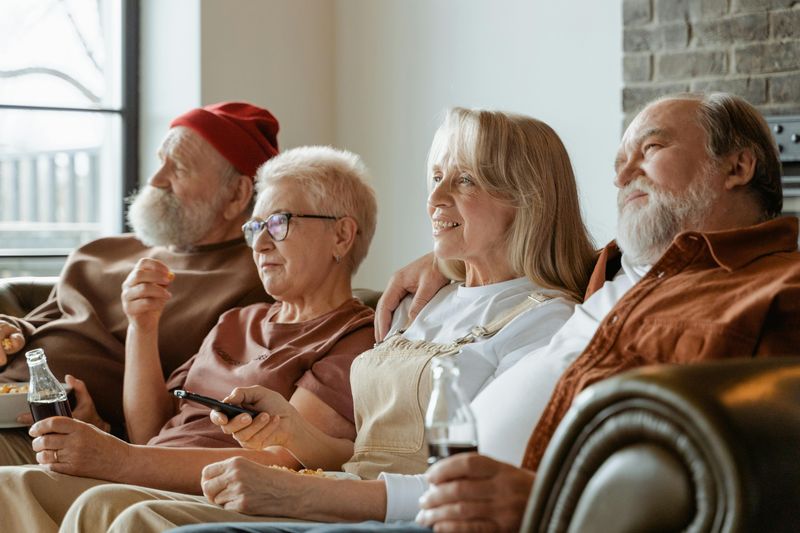
Sunday afternoons meant actual rest—stores closed, families gathered, and nobody expected work emails to be answered. This rhythm of life remains a cherished memory for many seniors who grew up before “24/7” became our standard.
Weekends truly separated from workdays. Meals weren’t rushed affairs between activities but occasions for family connection. People waited for things—letters, special TV programs, seasonal fruits—creating anticipation that many believe enhanced enjoyment.
The older generation often speaks of how this measured pace allowed deeper focus on relationships and activities. Without constant multitasking, they experienced moments more fully. Many still practice these rhythms, taking genuine breaks, savoring meals without phones, and resisting the pressure to fill every moment with productivity.
6. Traditional Family Values

Family dinners weren’t optional—they were sacred daily rituals where everyone shared their day without smartphone interruptions. Children understood clear boundaries, and extended family played active roles in child-rearing.
Grandparents lived nearby or within the same household, passing down wisdom and traditions directly to younger generations. Marriage was viewed as a lifelong commitment that couples worked through together, often with community support.
Many seniors value how these structured family systems provided stability and clear expectations. While recognizing that traditional models weren’t perfect and often limited individual freedoms, older generations appreciate how defined roles created security and belonging. They often worry that today’s more fluid family structures, while offering greater personal choice, might sacrifice the consistency that helped children feel secure.
7. Analog Entertainment
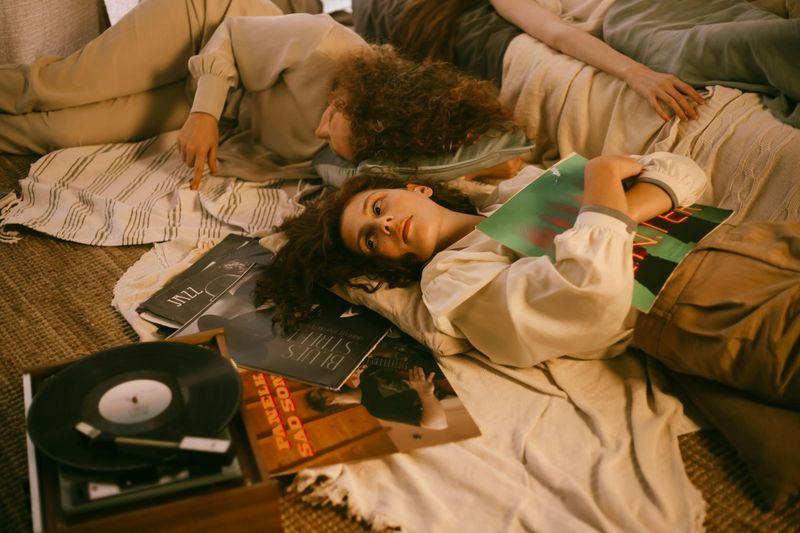
The crackle of vinyl records. The shared anticipation of waiting all week for a favorite TV show. Card games that brought neighbors together around kitchen tables. Entertainment wasn’t just consumed—it was experienced collectively.
Radio programs sparked imagination as families gathered to listen, creating mental images no special effects could match. Board games weren’t just pastimes but social events that taught patience, turn-taking, and graceful winning or losing.
The limited options—three TV channels instead of endless streaming choices—created cultural touchpoints everyone shared. Grandparents remember Monday morning conversations about Sunday night’s program that united communities. Many still prefer these analog pleasures, finding deeper satisfaction in entertainment that requires presence and engagement rather than passive consumption.
8. Affordability of Education and Housing
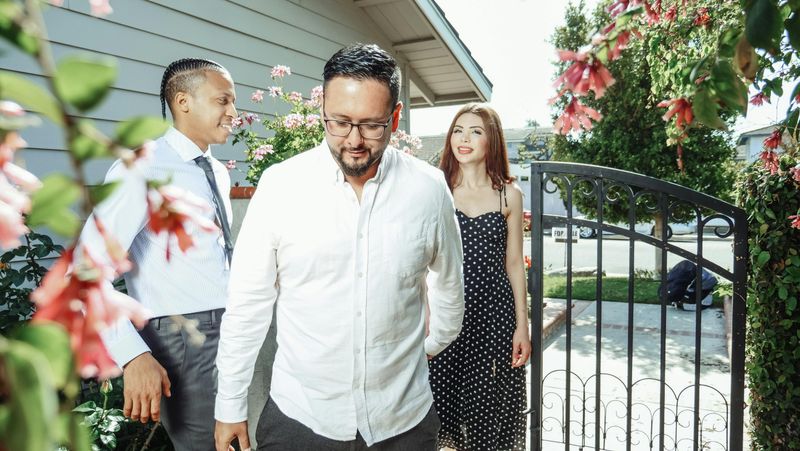
“I worked summer jobs to pay my college tuition.” This statement from grandparents often shocks today’s debt-burdened graduates. Economic realities allowed previous generations to achieve financial milestones that now seem increasingly out of reach.
Young couples once purchased first homes in their early twenties on single incomes. State universities charged minimal tuition, making higher education accessible without crushing debt. Starting salaries more closely aligned with housing costs, creating clearer paths to financial independence.
Many seniors worry watching younger generations struggle with basics they took for granted. While acknowledging different economic factors at play, older folks genuinely value the financial stability their era provided—not from superior work ethic but from systems that made essentials more attainable, creating economic security that fostered confidence in building families and futures.
9. Community Cohesion
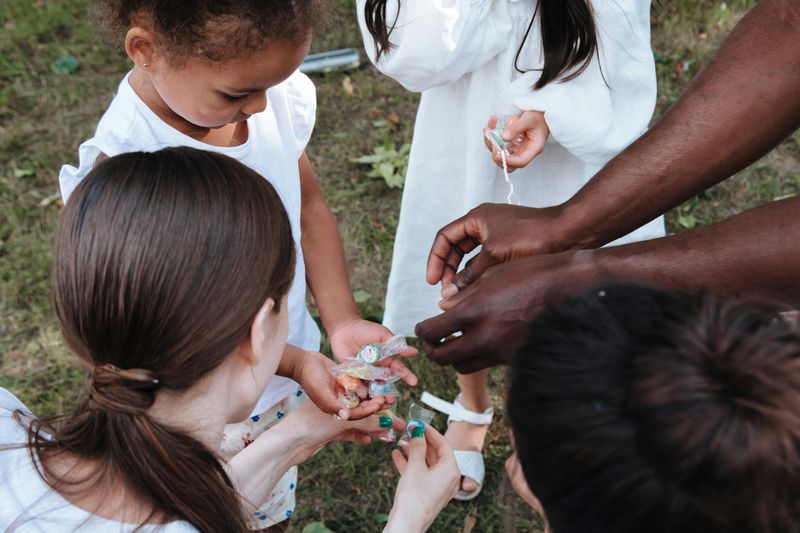
Streets filled with children playing freely until streetlights signaled time to head home. Neighbors who borrowed cups of sugar and watched out for each other’s kids. Block parties where everyone knew everyone else’s name and business—sometimes too much!
Before digital entertainment kept people indoors, communities naturally formed through proximity and shared spaces. Front porches served as social hubs rather than decorative features. Local organizations—from Rotary Clubs to church groups—provided structure for community engagement and problem-solving.
Many older folks cherish memories of neighborhoods that functioned as extended families where children were collectively supervised and elderly neighbors received regular visitors. While recognizing these communities weren’t always inclusive, seniors value the security and belonging these close-knit environments provided—something many actively try to recreate even in today’s more disconnected world.
10. Customer Service with a Personal Touch
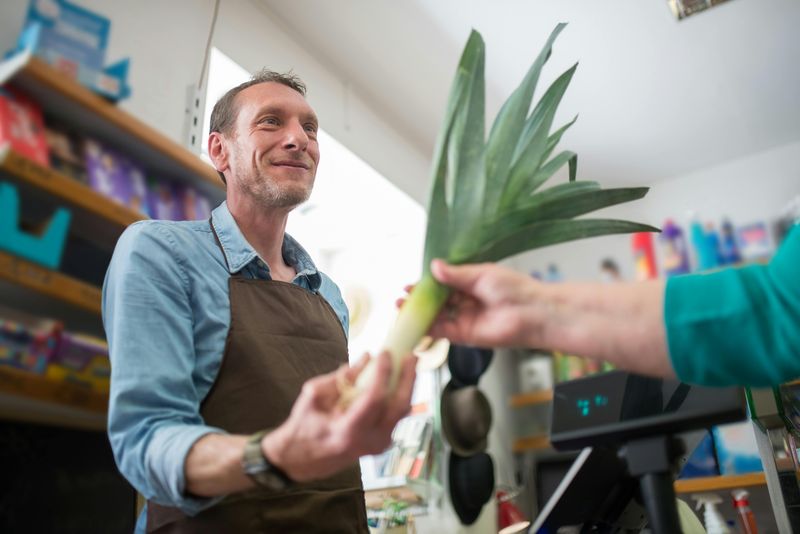
The butcher who remembered your preferred cut of meat. The bank teller who asked about your daughter’s college plans. The shop owner who called when something arrived “that looked just like your style.”
Before automated systems and online shopping, business relationships were genuinely personal. Shopkeepers knew customers by name, remembered preferences, and built loyalty through personalized service. Many transactions included conversation and connection beyond the mere exchange of goods.
Seniors often recall how neighborhood stores extended credit based on trust and reputation rather than credit scores. While appreciating modern conveniences, many older folks miss these relationship-based transactions. They value businesses that still prioritize human connection—the small shops where employees recognize them, remember their preferences, and treat them as people rather than transactions.
11. Higher Trust in Institutions

Walter Cronkite delivered the evening news and Americans across political divides accepted his reporting as factual. Government agencies were viewed as generally competent and working for public good. Scientific consensus was broadly respected rather than politically contested.
Following World War II, many institutions enjoyed unprecedented public confidence. Citizens generally believed elected officials, despite flaws, were working toward national prosperity. Media outlets prioritized factual reporting over engagement metrics.
Many seniors remember feeling part of a shared national project despite political differences. While recognizing this era had significant blind spots regarding social injustice, older generations often value the social cohesion that institutional trust created. Some worry that today’s reflexive skepticism, though sometimes warranted, makes collective action and shared sacrifice for common good increasingly difficult.
12. Printed News and Physical Media

The satisfying rustle of newspaper pages over morning coffee. Magazine subscriptions eagerly awaited each month. Encyclopedia sets proudly displayed in living rooms, representing significant family investments in knowledge.
Before infinite scrolling and 24-hour news cycles, information was curated, edited, and physically limited. This created more thoughtful consumption patterns and shared reference points. Families often subscribed to local newspapers that connected communities through shared information about local events, achievements, and concerns.
Many seniors value how physical media encouraged deeper reading rather than skimming. They appreciate how editors served as information gatekeepers, filtering for accuracy and relevance. While recognizing limitations in pre-internet information access, older generations often prefer the deliberate pace of print media that allowed for reflection rather than reaction.
13. Defined Work-Life Boundaries

“When you left the office, you were actually done for the day.” This simple statement captures a fundamental shift in work culture that many seniors witnessed. Evenings and weekends belonged to family and personal life—period.
Without smartphones tethering employees to work around the clock, clear boundaries existed between professional and personal spheres. Vacation time meant genuine disconnection, with colleagues respecting time off rather than expecting remote availability.
The older generation values how these boundaries protected family time and personal well-being. Many recall fathers who might have worked long hours but were fully present when home. While recognizing flexible work arrangements offer important benefits, seniors often worry about younger generations struggling with the mental health impacts of perpetual work availability and the expectation of immediate responses at all hours.
14. Personal Responsibility and Self-Reliance
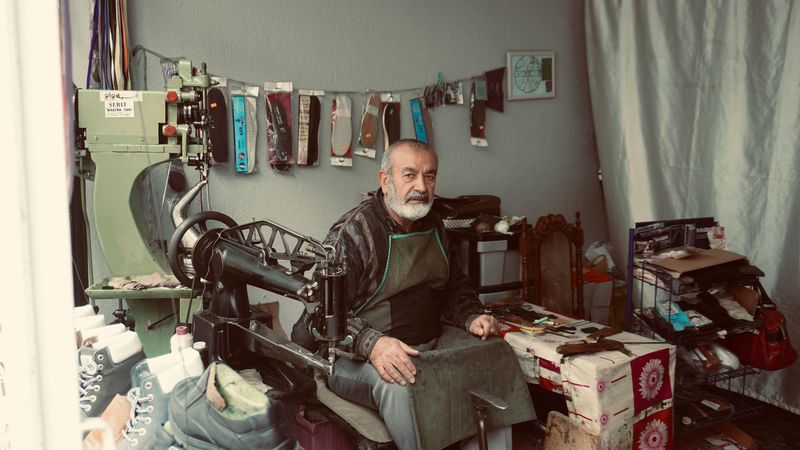
From changing their own oil to growing food and mending worn clothes, past generations cultivated practical skills that nurtured self-reliance—born from necessity, but also rooted deeply in cultural values.
Children were given responsibilities earlier—paper routes, farm chores, watching younger siblings—building confidence through contribution. Financial self-sufficiency was expected sooner, with young adults typically living independently by their early twenties.
Many seniors take pride in their ability to solve problems without immediately calling experts. They value the satisfaction of self-sufficiency and the resilience it builds. While acknowledging that economic realities have changed, older generations worry that declining practical skills and extended dependence might prevent younger people from experiencing the confidence that comes from genuine self-reliance.
15. Civic Participation
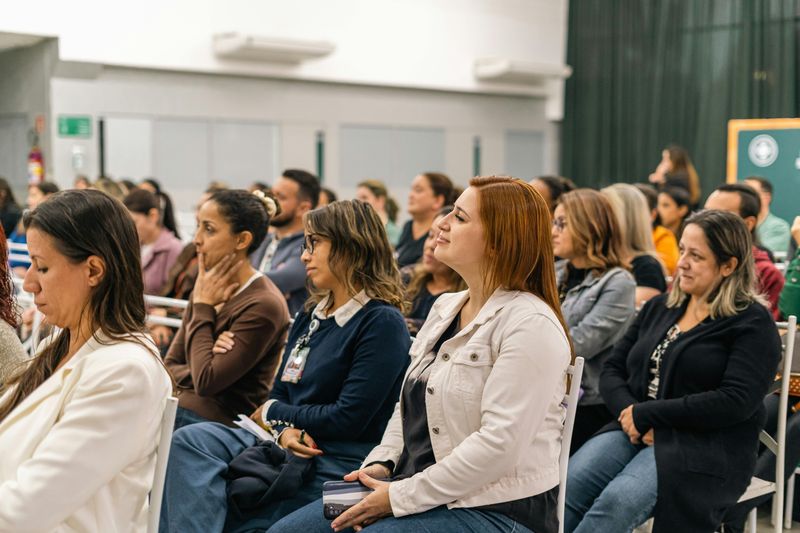
There was a time when civic life thrived in face-to-face moments—town hall meetings where neighbors debated local issues, election days that felt like shared rituals, and PTA meetings where parents took an active role in shaping their children’s education.
Civic engagement once meant physical presence and direct participation in community governance. Voting rates were higher, and many people felt personally invested in local decision-making. Service organizations like Rotary and Lions Clubs channeled volunteer energy toward community improvement.
The older generation values how this hands-on citizenship created accountability and relationship between citizens and elected officials. Many seniors still prioritize voting in every election—even local ones—and reading print newspapers to stay informed about community issues. They worry that declining civic participation threatens the responsiveness of government and the sense of shared investment in community wellbeing.
16. Durable Goods and Craftsmanship
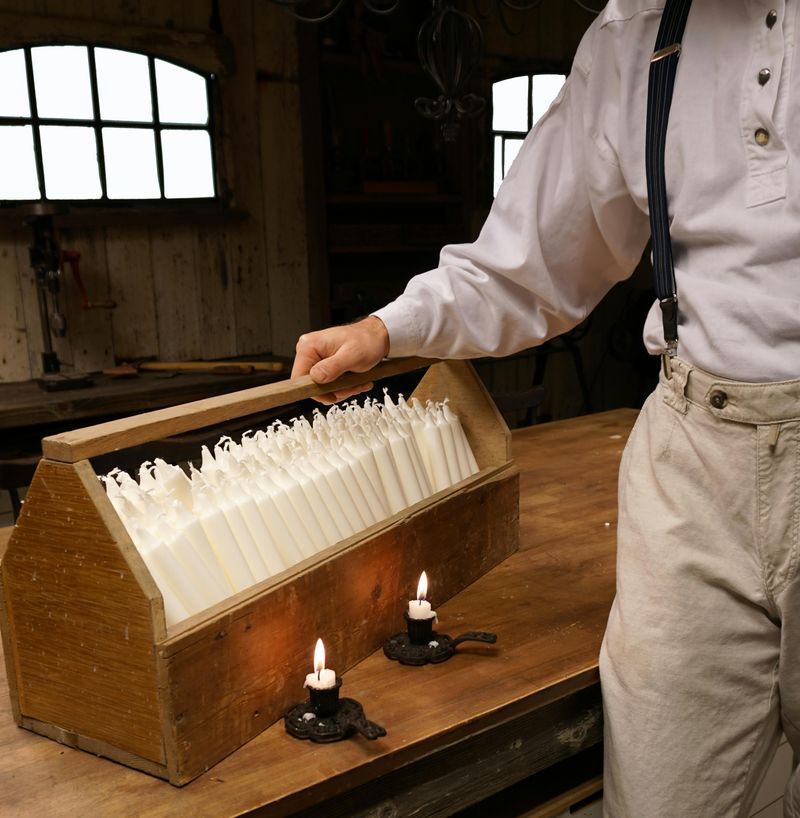
Refrigerators that lasted 30+ years. Furniture handed down through generations. Tools built so well they outlived their original owners. Previous eras valued quality over quantity, creating different relationships with material possessions.
Products were designed to be repaired rather than replaced. Appliance repair shops existed in every town, and manufacturers provided replacement parts for decades. Purchasing decisions prioritized longevity over the latest features.
Many seniors still use kitchen mixers, tools, and furniture from their parents’ generation—items that continue functioning after 50+ years of use. They value the environmental and financial benefits of durable goods, often preferring to repair rather than replace. While appreciating technological advances, older generations often question whether planned obsolescence represents genuine progress or simply creates unnecessary waste and expense.

Comments
Loading…